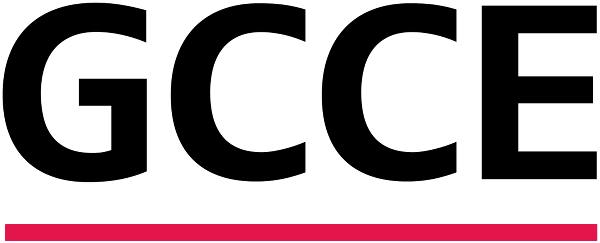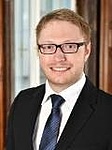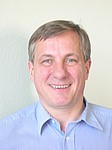
Oszkár Bíró
Former head of the Institute of Fundamentals and Theory in Electrical Engineering
Professor Bíró works on the application of the finite element method to electromagnetic and coupled field problems. This includes the application of time- and frequency-domain methods for linear as well as nonlinear problems. The focus of his research is on time-domain simulation in the field of computational electromagnetics and mechanics. From 2007 until 2015, he was director of the Christian-Doppler Laboratory "Multiphysical Simulation, Analysis and Design of Electrical Machines".
Further information: Business card, Courses, Research
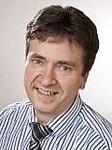
Günter Brenn
Head of the Institute of Fluid Mechanics and Heat Transfer
Professor Brenn works on the fields of multiphase flows and rheology. Based on analytical and experimental methods, techniques for characterising rheological properties of viscoelastic liquids are developed. An emphasis lies on elongational rheometry. His work on the rise of gas bubbles in viscoelastic polymer solutions explained the jump discontinuity of the bubble rise velocity. His work on the atomization of viscoelastic polymer solutions revealed a method for the universal characterisation of mean drop sizes in viscoelastic sprays. Furthermore, Prof. Brenn works on flow stability, capillary hydrodynamics, heat transfer in two-phase flow, and aerodynamics.
Further information: Business card, Courses, Research
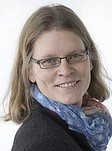
Katrin Ellermann
Head of the Institute of Mechanics
Professor Ellermann studies multibody systems and structural vibrations with applications in mechanical and electro-mechanical systems. The focus of her research is on nonlinear and random effects on the dynamics, including numerical bifurcation analysis, stochastic processes as well as estimation techniques for state and parameter space. Besides the development of corresponding numerical schemes, she addresses their validation by means of experiments.
Further information: Business card, Courses, Research
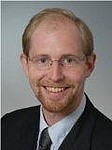
Thomas-Peter Fries
Head of the Institute of Structural Analysis
Professor Fries does research in the area of numerical simulations with applications in solid and fluid mechanics. This involves fracture mechanics and nonlinear material models, as well as fluid–structure interaction problems. His expertise covers various numerical concepts including extended finite element methods, isogeometric and higher-order finite elements, meshless and fictitious domain schemes, and advanced finite element techniques for PDEs on manifolds.
Further information: Business card, Courses, Research
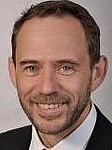
Thomas Hochrainer
Head of the Institute of Strength of Material
Professor Hochrainer works on material modeling in micro-plasticity. A particular focus lies on the continuum dislocation dynamics theory of single crystal plasticity, which he leadingly developed. Moreover, he is interested in stochastic microstructures and the application of advanced methods from statistical physics and stochastic geometry to micro-mechanics and constitutive modeling. His research also addresses the coupling of finite element and finite volume methods.
Further information: Business card, Courses, Research
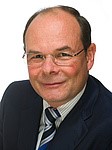
Gerhard A. Holzapfel
Head of the Institute of Biomechanics
In his research Professor Holzapfel focuses on experimental investigations, continuum mechanical modeling and computational simulations within the areas of Biomechanics and Mechanobiology. The emphasis of his research is on the analysis of soft biological tissues and the cardiovascular system including blood vessels in health and disease. He is also focusing on nonlinear continuum mechanics, (multi-scale) constitutive modeling of solids at finite strains, growth and remodeling, the nonlinear finite element method, fracture and material failure.
Further information: Business card, Courses, Research
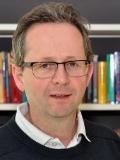
Manfred Kaltenbacher
Head of the Institute of Fundamentals and Theory in Electrical Engineering
Prof. Kaltenbacher’s research includes theory, modeling, simulation and experimental investigation of complex systems in engineering, material and medical science. In doing so, he focuses on physical-mathematical modelling of coupled fields including electromagnetics-mechanics, mechanics-acoustics, flow-acoustics and piezoelectrics. This also includes the development of optimization (inverse) schemes and their application to engineering problems mainly based on adjoint methods. Since many years the open source software openCFS (www.openCFS.org) is developed, which includes non-conforming finite elements, spectral and higher order finite elements, advanced material models including hysteresis, shape and topology optimization methods and inverse schemes for material parameter determination.
Further information: Business card, Courses, Research
Michael Klanner
Dr. Klanner works on the development of efficient computational methods in the field of structural dynamics and the modelling and simulation of Multiphysics problems like electrical machines. One of his major interests is the improvement of the computational efficiency by including analytical information of the solutions. This includes the so-called Trefftz methods, with specially focus on the Wave Based Method for plate vibration problems, and the Numerical Assembly Technique for one-dimensional problems like beam vibrations and rotor dynamics. Another research interest is the combination of these efficient methods to build a virtual twin of electrical machines
Further Information: Business Card, Teaching, Research
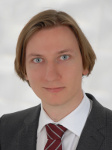
Benjamin Marussig
Dr. Marussig received his PhD in Engineering Sciences from TU Graz. Before joining GCCE, he was part of the Institute for Computational Engineering and Sciences (ICES) at the University of Austin at Texas, USA. Since 2019, he is an assistant professor at the Institute of Applied Mechanics. In his research, he studies the interaction of computational engineering and computer aided design (CAD). He focuses on the development of techniques that enable a seamless integration of complex CAD models into higher-order accurate computer simulations.
Further information: Business card, Teaching, Research
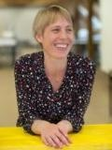
Annette Mütze
Annette Mütze research focuses in the field of electric drives and machines. Typical research questions are interdisciplinary in nature and close gaps between electrical engineering, materials science, mathematics and systems engineering. Her work combines theoretical principles with practical assessment methods.
Further informationen: Business card, Courses, Research
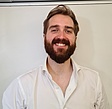
Sascha Ranftl
Dr. Sascha Ranftl investigates the uncertainty quantification of computer simulations,
in particular the propagation of uncertainties in input parameters such as material properties and boundary/initial conditions.
This includes the development of methods as well as the application to real problems such as the LEAD Project "Mechanics, Modeling and Simulation of Aortic Dissection".
Another focus is data analysis using probability theory and modern machine learning approaches, in particular physics-informed machine learning.
Further Information: Business card, Research
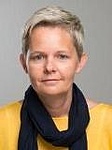
Alice Reinbacher-Köstinger
The main research interests of Dr. Reinbacher-Köstinger include optimization and inverse problems, especially in electro-biomedical applications. Also modelling finite element simulations for electric flow and eddy current problems are in the focus of her work. In particular, she is developing a model to simulate the electrical conductivity changes of human blood for various pathologies on particle level.
Further information: Business card, Teaching, Research
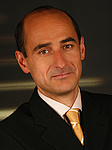
Martin Schanz
Head of the Institute of Applied Mechanics
Professor Schanz investigates in his research the numerical simulations of waves in elastic and poroelastic media. Thereby, boundary element methods in time domain are his preferred methods. This also includes the coupling of finite and boundary elements via hybrid discretization techniques. Another focus of his work lies on the simulation of thermal processes in hot forming tools.
Further information: Business card, Courses, Research
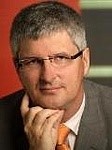
Olaf Steinbach
Head of the Institute of Applied Mathematics
The research topics of Professor Steinbach are in the numerical analysis boundary and finite element methods for the approximate solution of partial differential equations. This also includes domain decomposition methods to couple different physical models and discretizations, and the construction of parallel solution methods. Moreover, he considers applications in engineering and industry.
Further information: Business card , Courses, Research
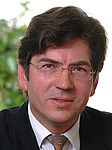
Wolfgang von der Linden
Head of the Institute of Theoretical and Computational Physics
Professor von der Linden works in the field of theoretical and computational physics with emphasize on strongly interacting quantum many-body systems in and out of equilibrium. He is particularly interested in the theoretical description of novel materials, that consist of different coupled degrees of freedom. Such systems result in multi-scale problems, due to the different time scales of the constituents. He also investigates the application of probability theory to data analysis and inverse problems.
Further information: Business card, Courses, Research
